Introduction to the Yellow River
The Yellow River, known as Huang He in Chinese, is an iconic waterway that has shaped China’s history, culture, and landscape for millennia. Often referred to as the “Mother River” and the “Cradle of Chinese Civilization,” its importance to China cannot be overstated.
Key Facts:
- Length: 5,464 kilometers (3,395 miles)
- Source: Bayan Har Mountains in Qinghai Province
- Mouth: Bohai Sea in Shandong Province
- Provinces crossed: 9 (Qinghai, Sichuan, Gansu, Ningxia, Inner Mongolia, Shaanxi, Shanxi, Henan, Shandong)
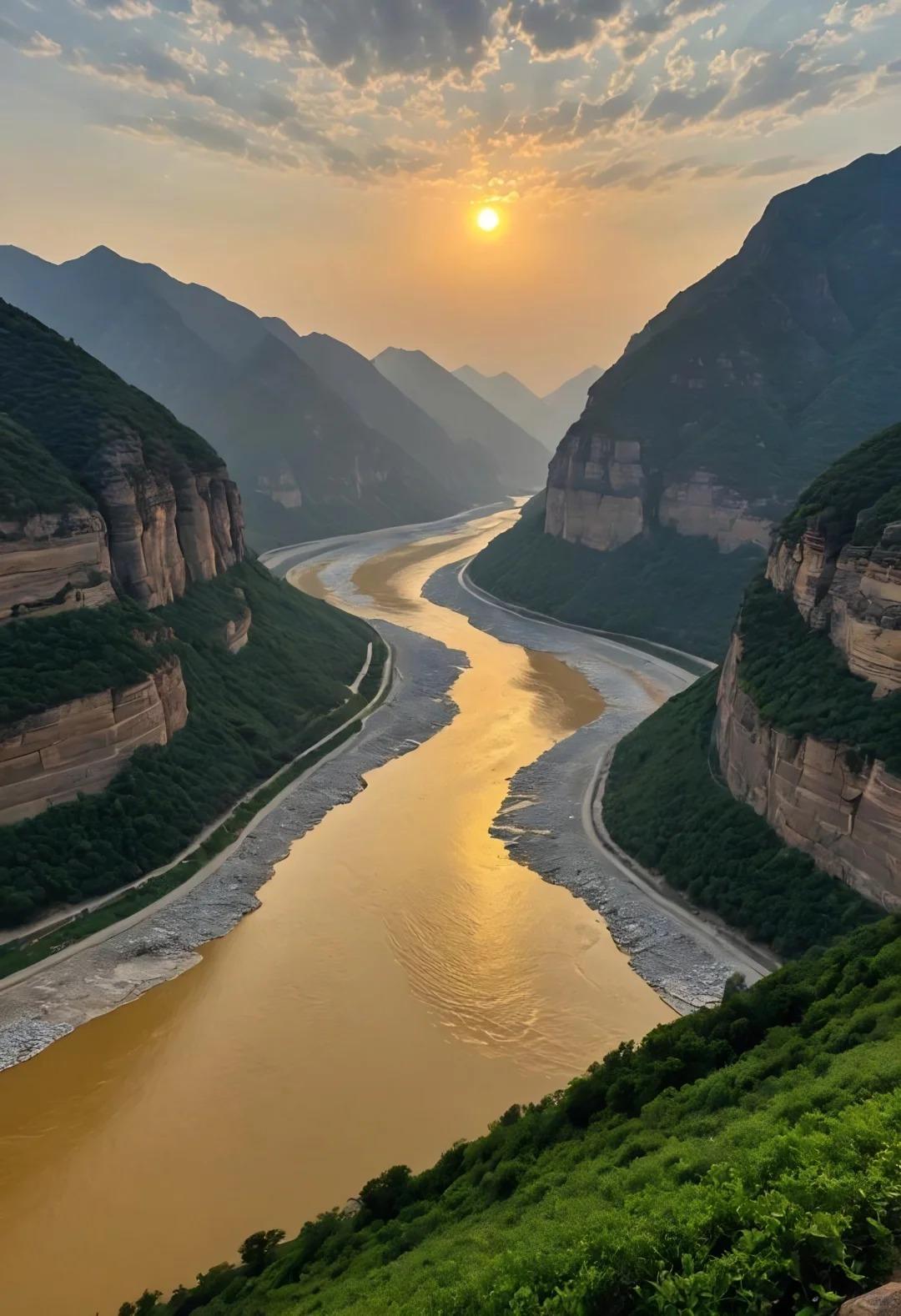
Historical Importance: The Cradle of Chinese Civilization
The Yellow River’s fertile banks gave birth to some of China’s earliest civilizations. Its waters nurtured the growth of agriculture, leading to the development of complex societies and eventually the unified Chinese state.
Key Historical Aspects:
- Birthplace of Chinese agriculture (millet cultivation, c. 7000 BCE)
- Site of Xia, Shang, and Zhou dynasty capitals
- Inspiration for Chinese philosophy, including Confucianism and Daoism
The river features prominently in Chinese literature and art, symbolizing the endurance and vitality of Chinese civilization.
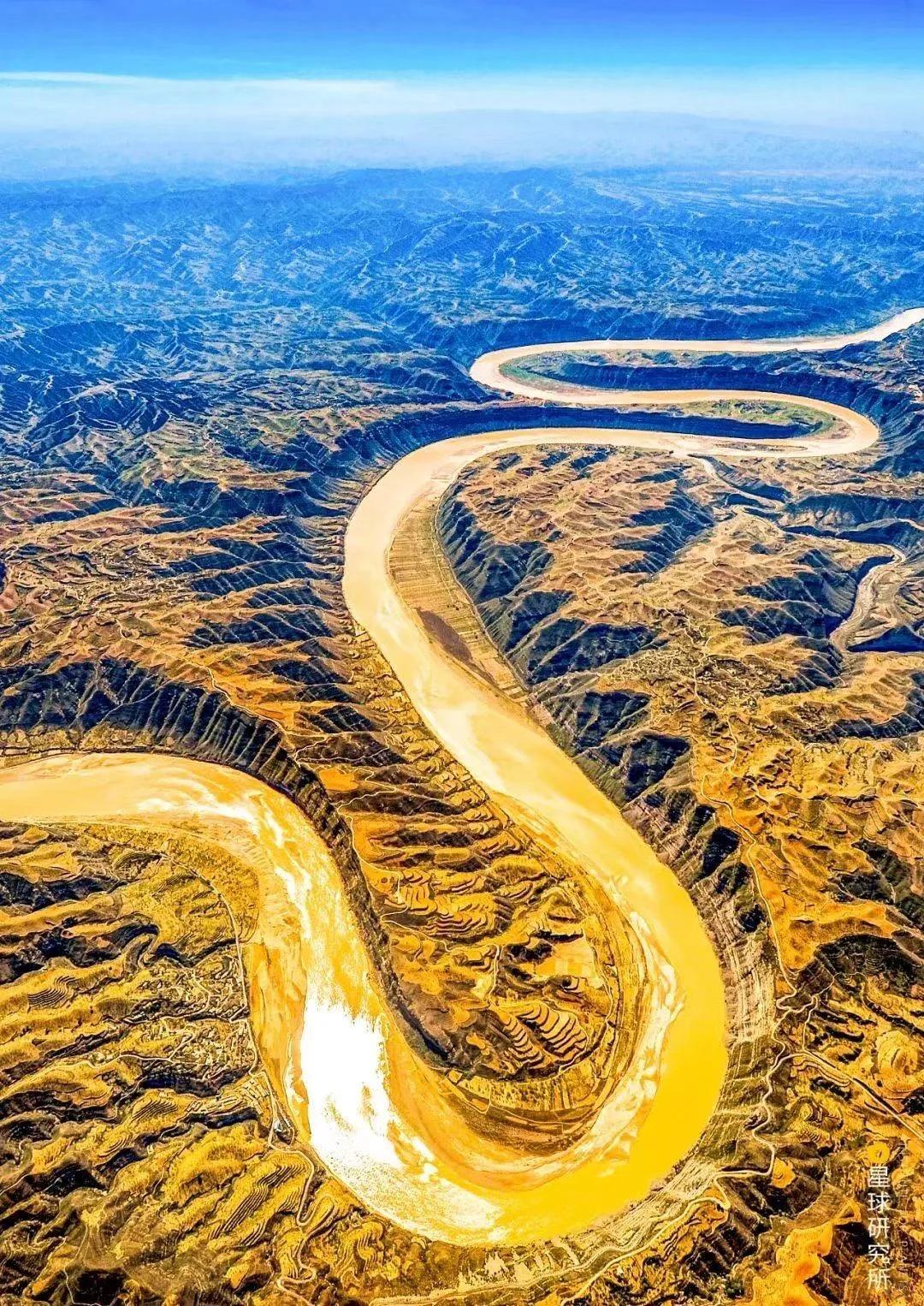
Geographical Features and Landscapes
The Yellow River’s journey from the Tibetan Plateau to the Bohai Sea showcases China’s diverse geography.
- Tibetan Plateau Source: High-altitude glaciers and wetlands
- Loess Plateau: Distinctive yellow soil giving the river its name
- North China Plain: Vast agricultural region
- Yellow River Delta: Ecologically rich estuary
The river’s course through nine provinces makes it a vital water source for much of northern China.
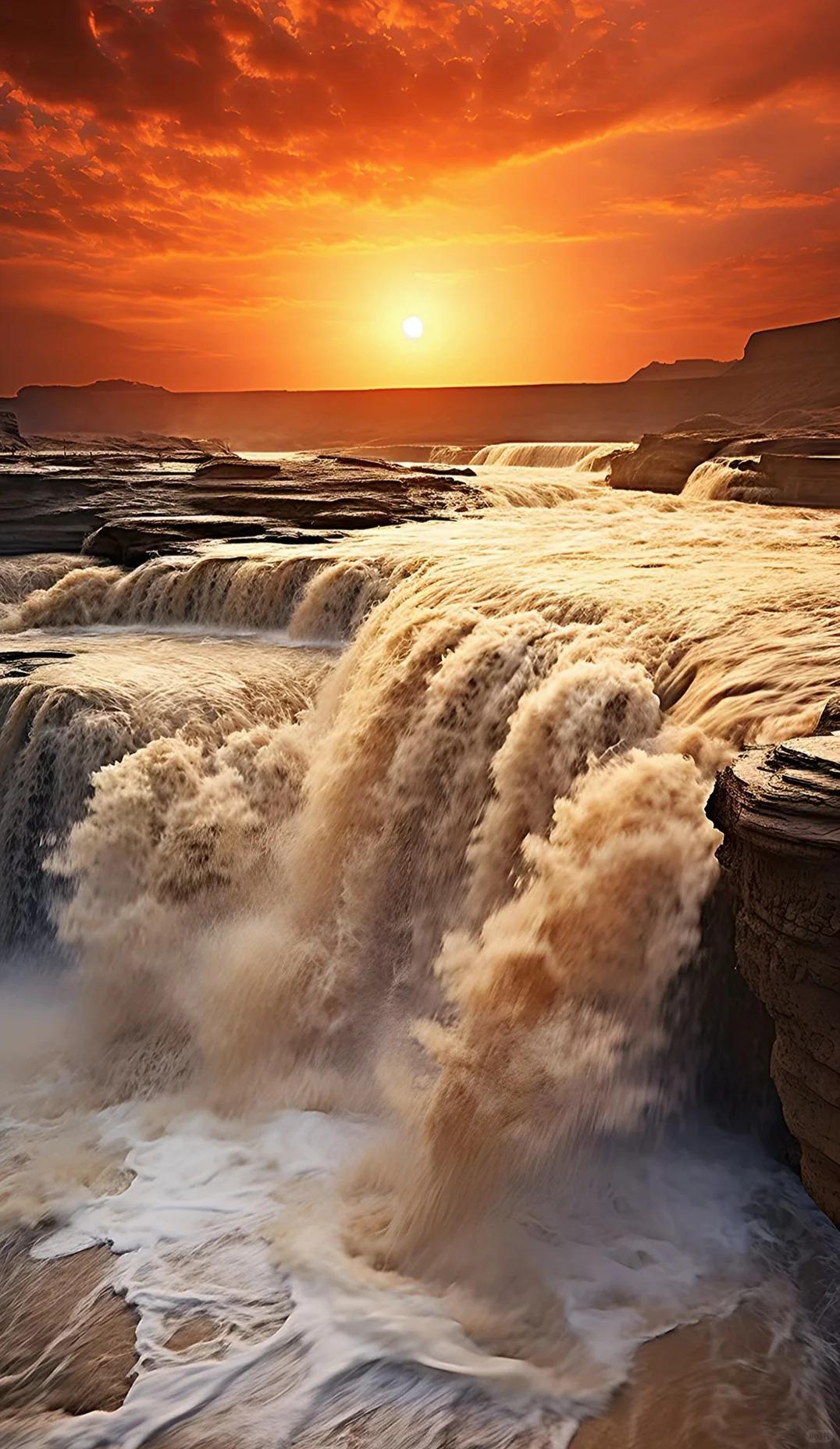
Major Attractions Along the Yellow River
| Attraction | Location | Key Features |
|---|---|---|
| Hukou Waterfall | Shaanxi/Shanxi border | Largest waterfall on the Yellow River |
| Qinghai Lake | Qinghai Province | Largest lake in China |
| Bingling Temple Grottoes | Gansu Province | Ancient Buddhist cave art |
| Lanzhou Waterwheel Park | Gansu Province | Traditional irrigation technology |
These attractions offer visitors a blend of natural beauty and cultural heritage, showcasing the river’s diverse landscapes and historical significance.
Environmental Challenges and Conservation Efforts
The Yellow River faces numerous environmental challenges:
- Flooding: Historically known as “China’s Sorrow” due to devastating floods
- Desertification: Increasing in the river’s upper reaches
- Water Pollution: Industrial and agricultural runoff
- Water Scarcity: Overuse in middle and lower reaches
Conservation efforts include:
- Modern flood control systems
- Reforestation projects in the Loess Plateau
- Stricter pollution controls
- Water usage regulations

The Yellow River in Modern China
Today, the Yellow River continues to play a crucial role in China’s development:
- Agriculture: Irrigates millions of hectares of farmland
- Industry: Supports manufacturing hubs in cities like Lanzhou and Zhengzhou
- Energy: Home to numerous hydroelectric dams
- Water Management: Key component of China’s South-to-North Water Diversion Project
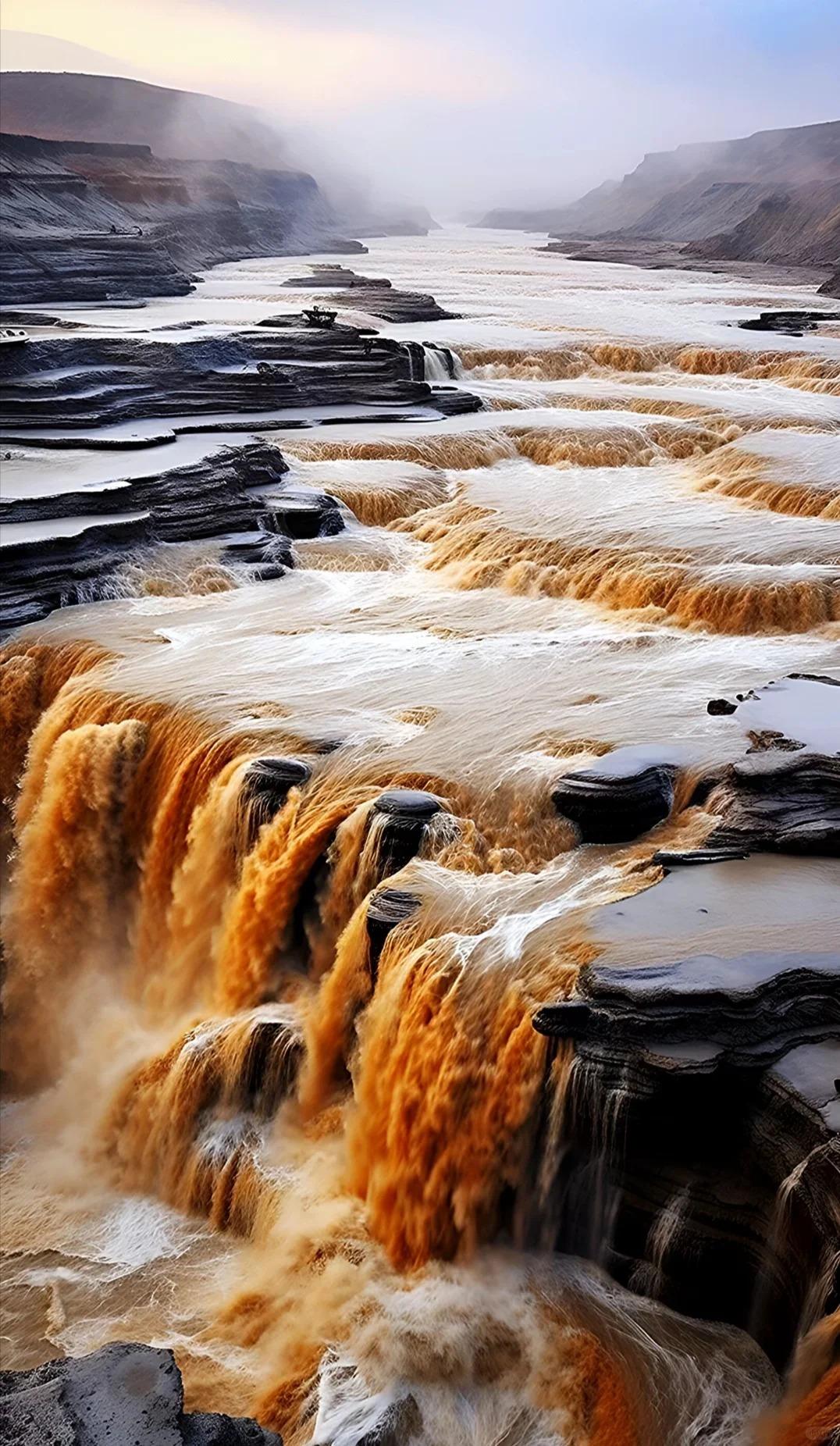
Traveler’s Guide to Exploring the Yellow River
Best Times to Visit:
- Spring (April-May) and Autumn (September-October) for mild weather
- Winter for ice festivals in cities like Harbin
Recommended Itinerary:
- Start at the source in Qinghai Province
- Visit Lanzhou and its cultural sites
- Explore the Loess Plateau and cave dwellings
- See the Hukou Waterfall
- End at the Yellow River Delta in Shandong
Cultural Experiences:
- Try local cuisines like Lanzhou hand-pulled noodles
- Visit traditional villages in the Loess Plateau
- Participate in the Qinghai Lake Cycling Tour
Photography Tips:
- Capture the golden hues of the Loess Plateau at sunset
- Use long exposure for misty effects at Hukou Waterfall
- Seek elevated viewpoints to showcase the river’s meandering course
Responsible Tourism:
- Respect local communities and their traditions
- Choose eco-friendly tour operators
- Avoid disturbing wildlife, especially in the delta region
- Properly dispose of waste and use reusable water bottles
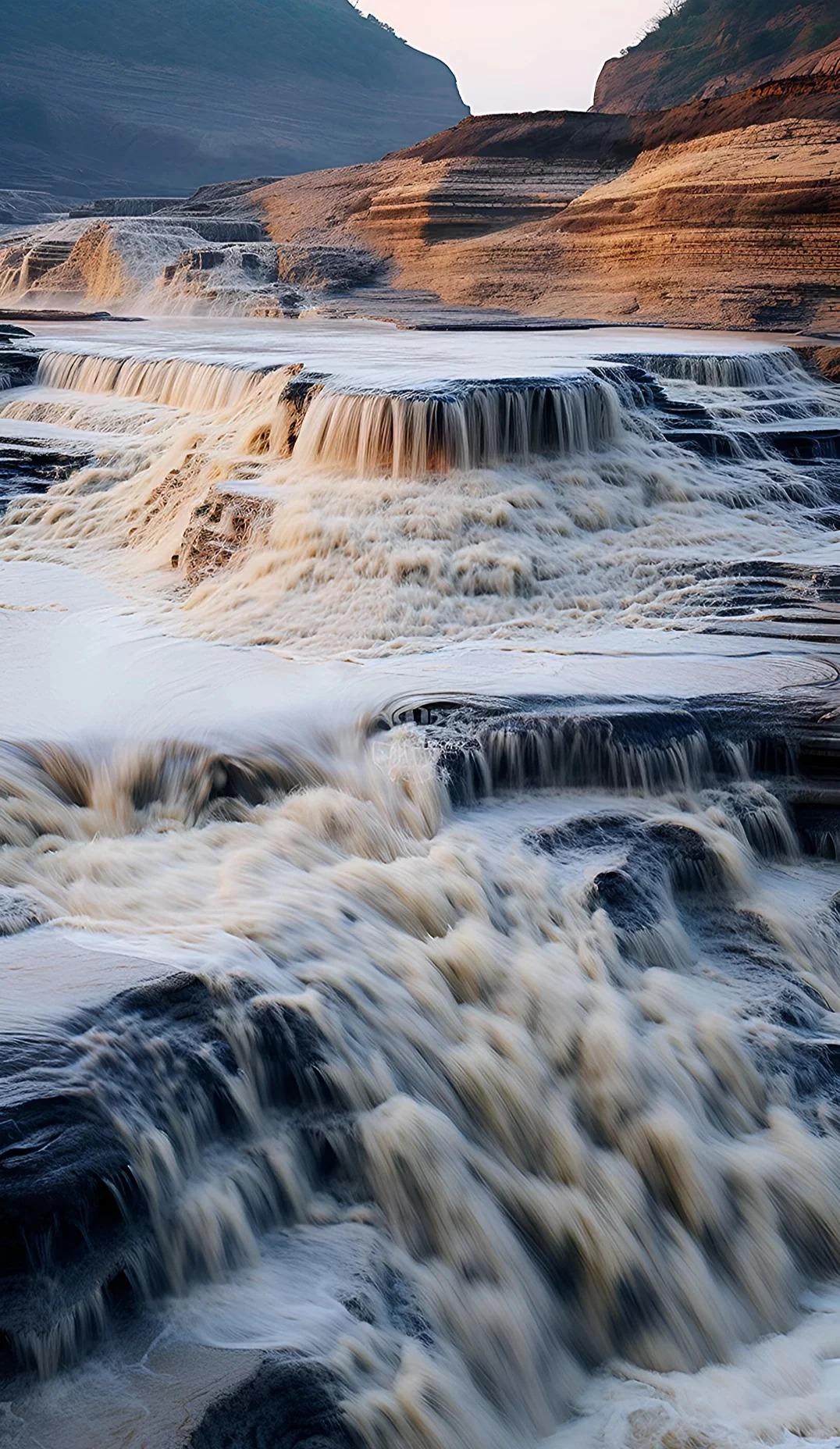
The Yellow River offers a journey through China’s past, present, and future. From its glacial source to its delta, it tells the story of Chinese civilization’s rise, challenges, and enduring spirit. As you explore this magnificent waterway, you’ll gain deep insights into China’s geography, history, and culture. Whether you’re marveling at the power of Hukou Waterfall, contemplating ancient Buddhist art in the Bingling Grottoes, or witnessing the river’s vital role in modern agriculture, the Yellow River provides a unique and unforgettable perspective on the heart of China.






